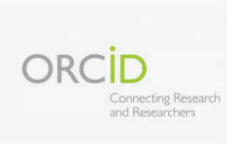Patient Data or Photographs in Medical Electronic Journal
To all professionals submitting case reports or other articles containing patient data for publication, we remind you that several ethical and legal requirements must be met when publishing personal data or patient photographs in a clinical case report or other article in a scientific journal. These requirements are designed to protect the patient's privacy, dignity, and autonomy. The main ones are:
- Written Informed Consent
It is mandatory to obtain signed informed consent from the patient (or their legal representative, if the patient is a minor or unable to decide). This document must explicitly state that the patient authorizes the publication of clinical information and/or identifiable images for academic purposes. The consent must be specific to scientific publication and not limited solely to medical treatment. - Approval by an Ethics Committee
In many cases—especially those involving sensitive details or a risk of identification—review and approval by an institutional review board (IRB) or research ethics committee are required. - Protection of Patient Identity
Even with consent, every effort must be made to protect the patient’s identity. This includes:
- Pixelating or hiding any identifiable features in images (e.g., faces, unique tattoos, distinguishing marks).
- Avoiding the inclusion of names, identification numbers, exact dates, or other details that could lead to direct identification.
- Slightly modifying demographic details if they are easily identifiable (e.g., approximate age instead of exact age, region instead of specific city).
Journals typically require a clear justification for including images or data that could identify the patient. The image must be essential for illustrating a key aspect of diagnosis or treatment. Compliance with Local and International Regulations
Applicable local legislation on personal data protection must be respected (such as the GDPR in Europe or HIPAA in the U.S., depending on location). Additionally, it is recommended to follow publication guidelines from organizations such as the International Committee of Medical Journal Editors (ICMJE), which sets clear standards for the use of patient images.
In summary:
Written informed consent + anonymization whenever possible + ethics committee approval if applicable + clinical justification.
If informed consent is not available, no image or data that could identify the patient should be published—even if the case is of significant scientific interest.





